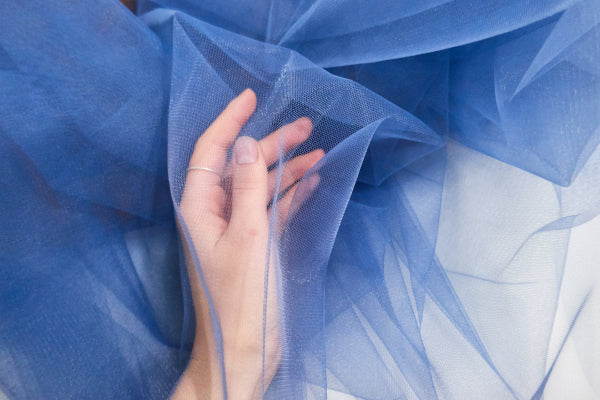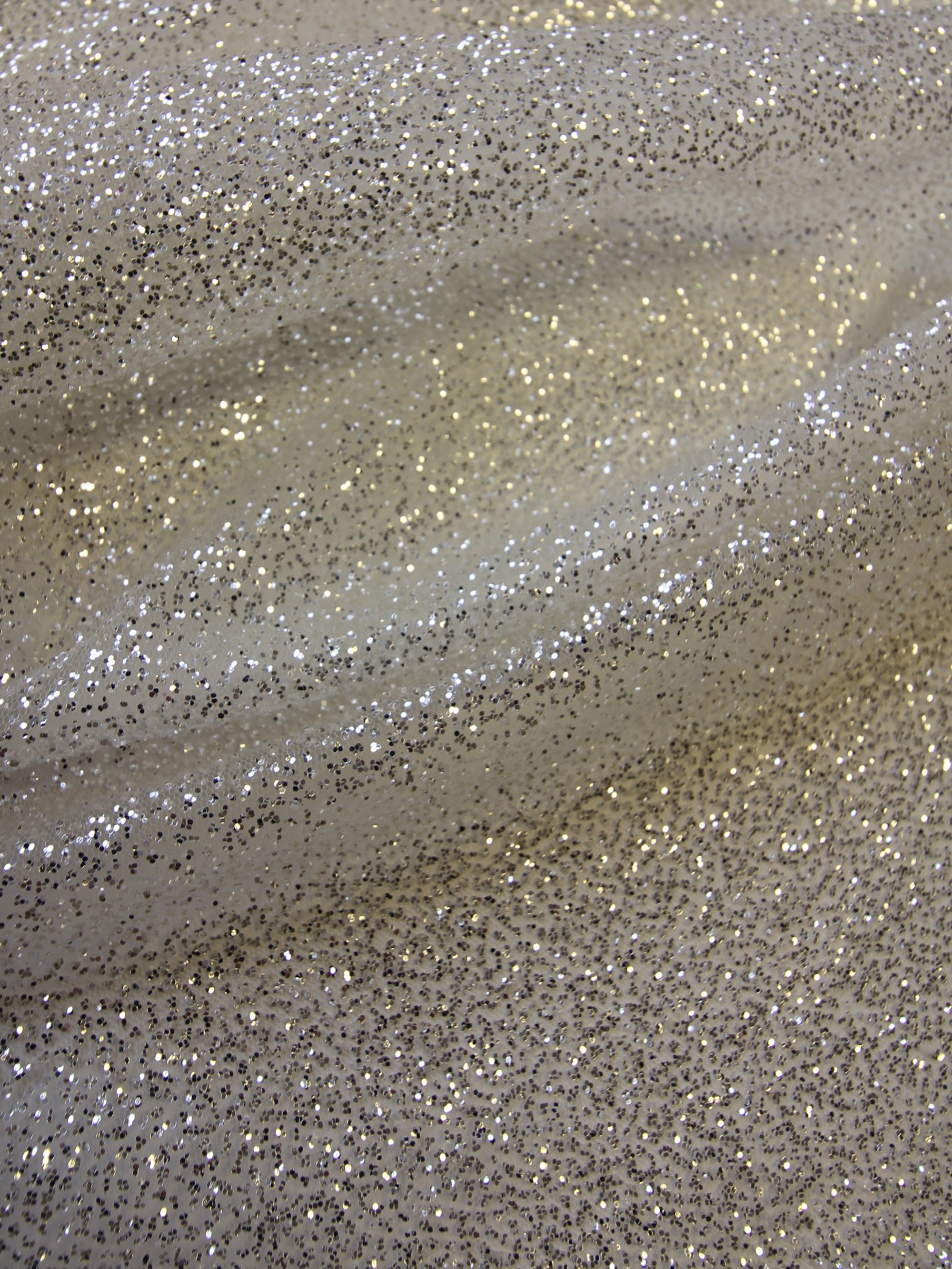Discovering the different types of lace
The types of lace are of a very wide variety. The dentelles are thus distinguished according to the different manufacturing techniques (bobbin lace, hand lace, crochet needle lace or shuttle lace), the different styles (blonde, chantilly, Cluny, chemical), but also the regions from which they originate. This includes:- The Chantilly lace: black or white, it is mainly used for long dresses, cushions or even collars and cuffs. It usually has floral patterns and is made with a continuous thread spindle;
- The Cluny lace: this very popular lace is made with continuous thread bobbins and featuring geometric patterns;
- The guipure: this is a lace whose background is made up of bars or discarded threads rather than meshes or networks;
- The Alençon lace: it is made by hand and needle by means of a parchment following a good ten steps from the drawings to the adjustment and the assembly;
- The Puy Lace : famous for its so-called Cluny stitch, it is classified as a French intangible cultural heritage. In black or cream silk, it is a lace with continuous threads that has geometric patterns, with spirit points;
- The Mechelen lace: this Flemish lace is fine and transparent. It is very popular for its floral decorations, its hexagonal network and its particularly fine contours;
Some tips for working with lace
As you know, lace fabrics are particularly fragile. Therefore, they need to be worked with some special techniques. For example, a lace embroidered with sequins, pearls or crystals to be sewn must be given extra attention. It is best to remove decorative elements near the seam allowances; you can then add them by hand when your work is complete.
This will ensure that the needle on your machine will remain sharp. Also, the openwork structure of the lace means that the fabrics cannot be stitched together with a straight stitch, but rather with a narrow zigzag stitch on the machine. It's best to use an English seam to join: this means sewing the two pieces wrong sides together, then you'll need to trim the seam allowance. To get a flawless seam, even with sheer fabrics, then stitch it again with the seam allowance in.
Ideas and associations for using lace
If you are planning a wedding dress, white lace is a must-have piece. Refined, elegant and timeless, the lace wedding dress is a real eye-catcher. The black lace is intended for evening dresses. To make one, you can combine lace with taffeta and silk for a result of a certain distinction.
The organza also represents a very good complement to lace. Although white and black are the traditional colors of lace, lace can be dressed in trendy colors such as red or royal blue. Create a unique and original dress by choosing a brightly colored lace for your embellishment needs.



